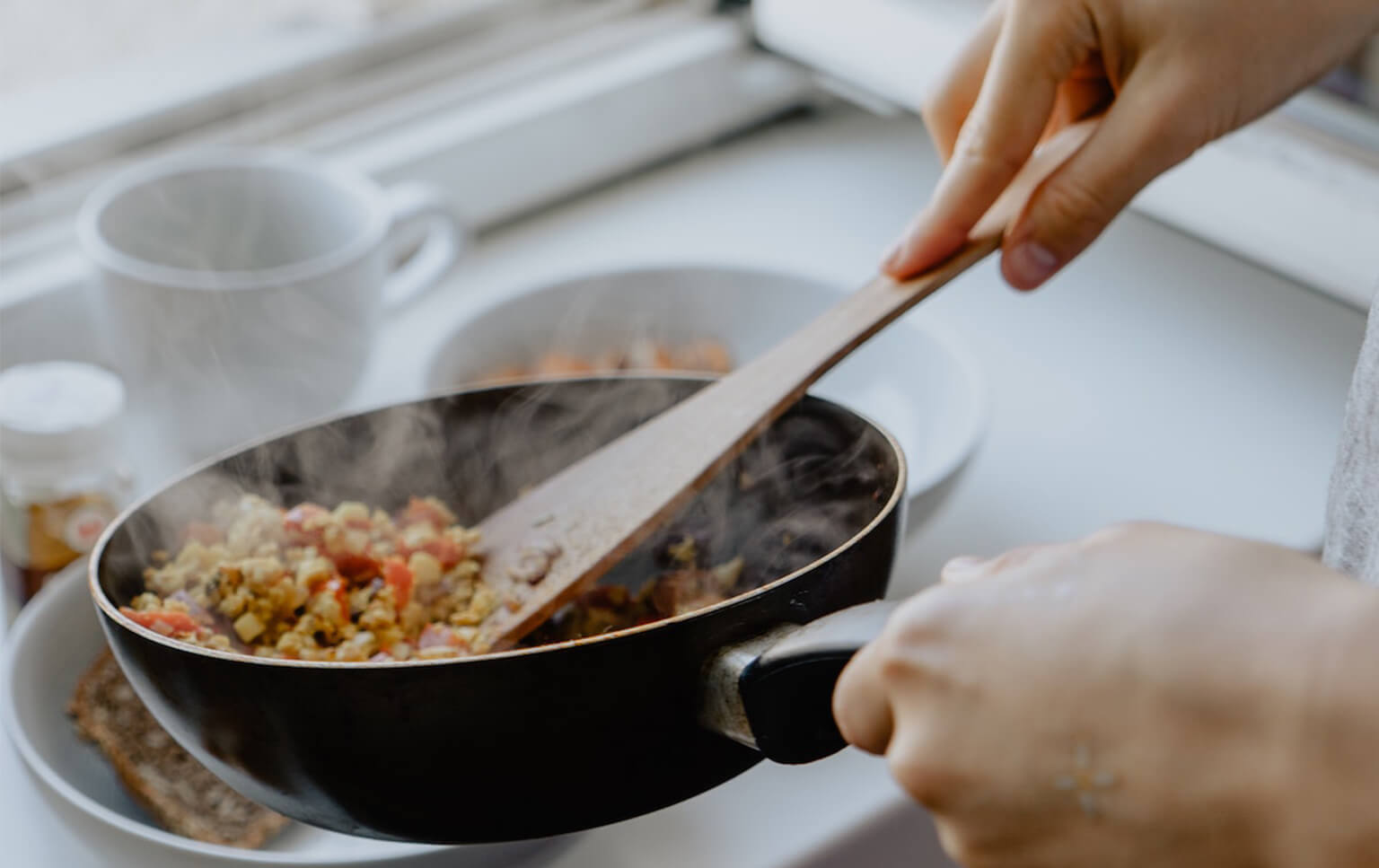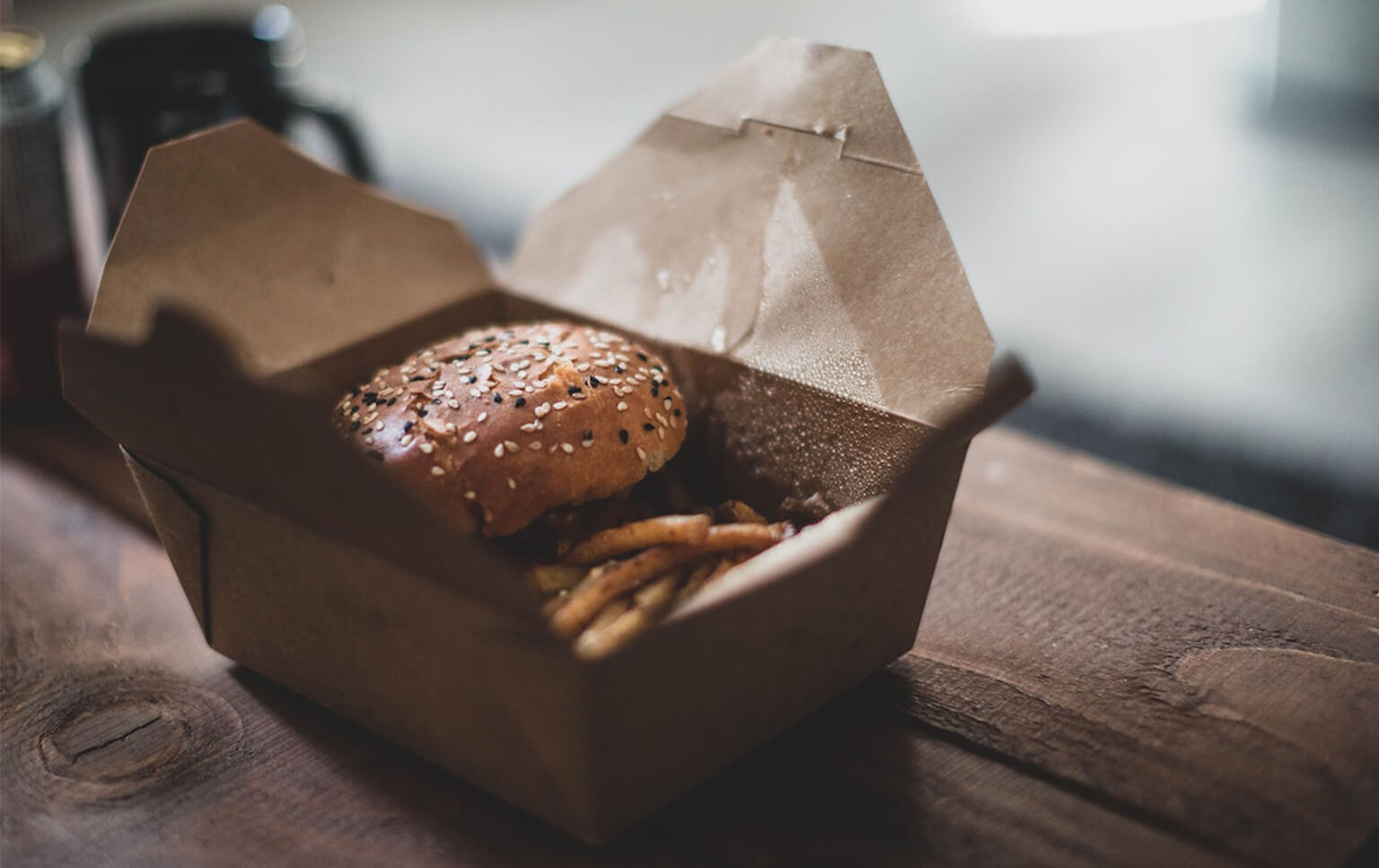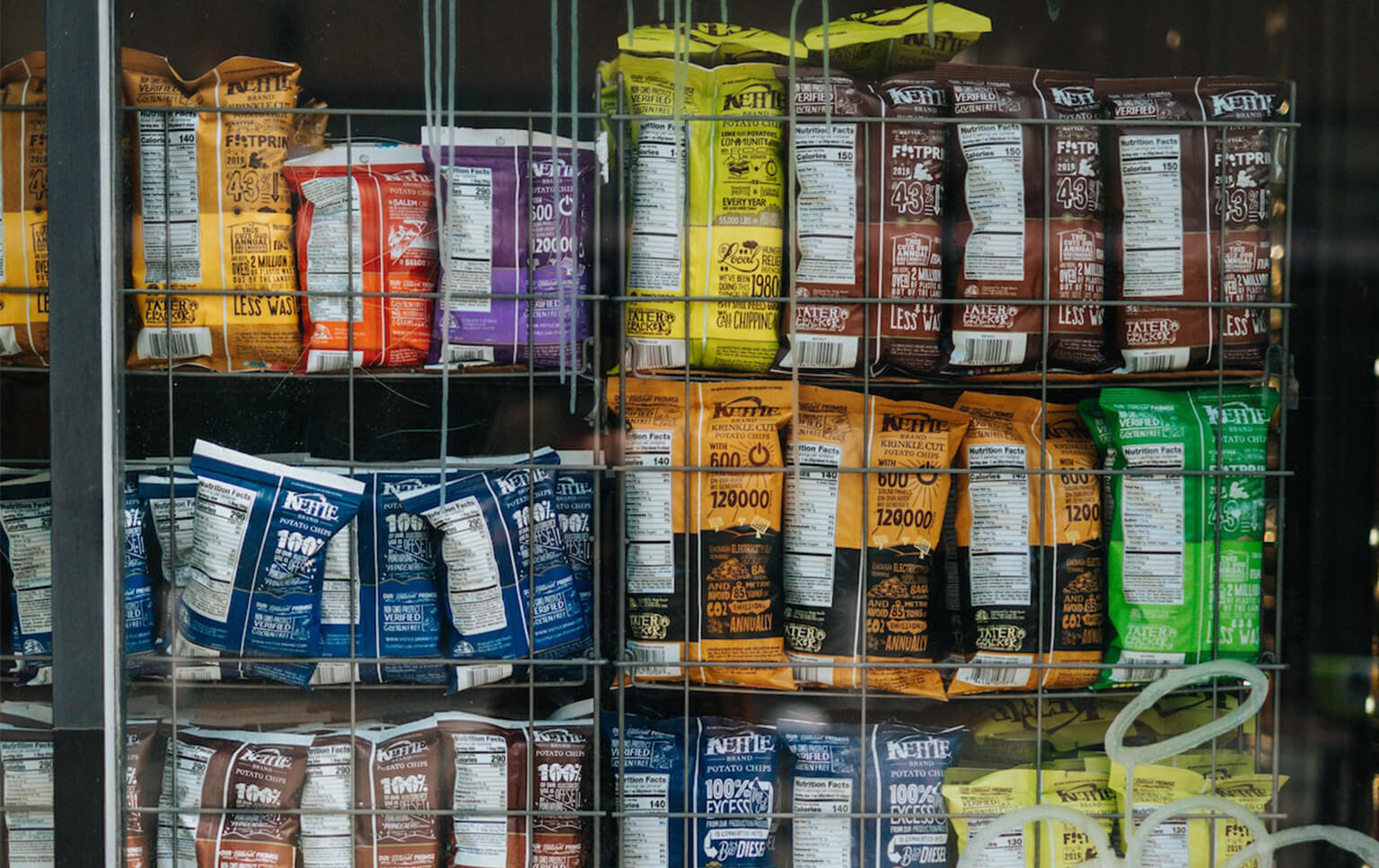
Our Retail Foodprint
This is the second article in a three-part series. The first part of this series, Planet Positive Diets, can be found here.
Introduction
One universal truth reigns when it comes to food and sustainability: what you eat is one of the most telling indicators of your carbon footprint. Distribution, provenance, retail channel and even packaging have a completely negligible impact on a consumer’s carbon footprint compared to what food items they put in their basket. By the time beef leaves the farm for processing, up to 98% of the product’s total emissions will already have been released1. This is not to say, however, that a lot cannot be done in this space.
Waste not, want not
One of the main challenges facing retail is food waste. In Europe, the largest portion of food waste happens at the consumption level, a staggering 52%2. This all boils down to personal resource mismanagement in our homes and our restaurants. New retail solutions have stepped in to directly or indirectly manage this issue. A flip in business model from the excess of “buy one get one free” to “buy no more than what you need” has been a powerful transformation. The likes of Mindful chef and Blue Apron have capitalised on this shift, helping minimise food wasted by dispensing exact food amounts in their recipe boxes. While these companies have greater packaging waste, boxes have been shown to emit two kg less of carbon dioxide per meal than grocery bought meals3.

There is clearly potential for a more fundamental business model shift across retail, one that drives more balanced purchase cycles. AI company Wasteless is helping supermarkets drive change with its dynamic pricing solution, incentivising consumers to purchase products closer to end-of-life. But what to do with excessive food close to expiry once it’s home? Companies like Olio are helping address the problem by creating a locally-driven marketplace for food exchange. This brilliant solution reduces waste while fostering a sense of community. While most companies strive to achieve “community,” Olio does what many fail to do: add real value by helping the users it serves, a true win-win.
On a restaurant level, startups are stepping in to find ways of reducing food waste. The likes of Too Good to Go and Karma are helping restaurants and cafes push their end-of-life inventory for discounted prices, giving foods destined for the bin a fighting chance. Tech is also playing a role in restaurant kitchens. The AI used in the Winnow waste monitor is helping restaurants cut food waste by 50%.This results in a food cost reduction of 2-8% and a ROI of 2-10x, a good reminder that doing right by the planet can do right by the wallet.

It’s a wrap
The other big retail challenge is packaging. While it contributes a minimal portion of overall food emissions, it often ends up in landfill or as litter, polluting and threatening human, avian and marine life6. Many major retailers have been piloting removing packaging altogether. In the COVID era, the bring-your-own container feels less attainable than ever. The push back into packaging is inevitable. So, what to do? 40% of plastic packaging is single-use, an alternative to this disposable product is critical7. Whether we like it or not, plastic remains one of the best materials at maintaining food quality and safety. As a result, brilliant solutions are being piloted around the world that can replace it. From Varden’s sugarcane bioplastic to Sufresca’s edible fruit and vegetable coating, on to Ecovative’s compostable mushroom “cardboard”, this sector is vibrant with solutions.
One thorny issue plagues this new packaging tech: cost. Small producers have the flexibility to test and take risks in this space, but it’s the large players who can afford to implement through economies of scale – might partnerships here offer a solution? Until the price of these packaging solutions drops, many brands and restaurants (who increasingly rely on delivery) will struggle to absorb the cost for fear of losing customers.

Foo(d)print
Beyond food waste and packaging, a more hidden challenge is looming: labelling. Consumers are still very confused about what to do with their plastic waste: a YouGov survey from 2019 found that only 8% of Brits strongly believe that recycling labels on products are clear9, and 83% of consumers are unclear which items can be recycled10. This begs the question: what is the point of creating brilliant compostable packaging if consumers don’t discard it in the organic waste bin? There is an opportunity and need for brands and innovators to find a better solution to this challenge. The systematic flaws with recycling infrastructure are another huge blocker, a topic that warrants its own deep dive.
This leads us to a wider and even deeper systematic problem: helping consumers understand the impact of the food they buy. An insight that emerges time and time again at Fahrenheit is one we’ve called the “sustainability onion.” In our era of information overload, the more you learn about a topic and peel back the layers, the more layers remain to be uncovered, creating uncertainty and confusion. This can paralyse consumers into inaction. Companies like CarbonCloud are helping businesses generate climate footprint data on their food products. Quorn has announced it will include carbon labelling by the end of 2020 and Nestle is reportedly assessing the prospect as well. If we consider that there are 463 ecolabel certifications worldwide, it is not surprising that consumers are confused11. Standardised carbon footprint labels will be a key component of empowering consumers to make the best choices when they shop.
Food for thought
Planet
- Is a product just shifting the ecological burden from one part of the supply chain to another
- What is the net carbon footprint of a food product?
- What models, materials and product access solutions will deliver the cleanest food systems?
Consumer
- Can consumers get better and more understandable information around a product’s footprint?
- How can we enable consumers to understand the impact of their food choices as part of their purchase journey?
- How can consumers connect purchases across categories to maximise their positive impact?
Business
- How can we leverage supply-chain waste to create products that increase efficiency and minimise cost?
- How can we evolve our business model to deliver clean and carbon neutral profits?
- Can we create a deeper emotional relationship with our consumers based on a shared sense of purpose?
1 – Visual Capitalist
2 – Supply Chain Dive
3 – The Guardian
4 – Image Credit: Kevin McCutcheon
5 – Image Credit: Jonathan Cooper
6 – FoodPrint.Org
7 – National Geographic
8 – Image Credit: Nathan Dumlao
9 – Circular Online
10 – The Independent
11 – Wired

frog, part of Capgemini Invent is a global design and innovation firm. We transform businesses at scale by creating systems of brand, product and service that deliver a distinctly better experience. We strive to touch hearts and move markets. Our passion is to transform ideas into realities. We partner with clients to anticipate the future, evolve organizations and advance the human experience.
We respect your privacy
We use Cookies to improve your experience on our website. They help us to improve site performance, present you relevant advertising and enable you to share content in social media. You may accept all Cookies, or choose to manage them individually. You can change your settings at any time by clicking Cookie Settings available in the footer of every page. For more information related to the Cookies, please visit our Cookie Policy.
Our Studios


